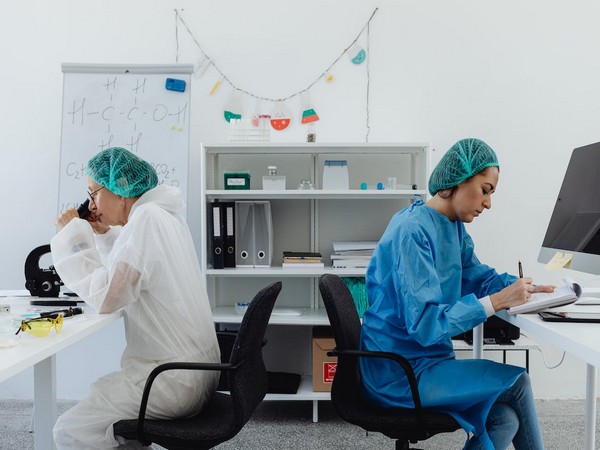Study finds how virtual blood vessel technology improves heart disease care
According to a new study, patients with heart disease may benefit from less invasive procedures owing to cutting-edge technology that builds 3D computer simulations of blood flow via the heart's arteries.

- Country:
- United States
According to a new study, patients with heart disease may benefit from less invasive procedures owing to cutting-edge technology that builds 3D computer simulations of blood flow via the heart's arteries. The research was presented at the British Cardiovascular Society in Manchester.
The research team discovered that integrating the VIRTUHeartTM technology with clinicians treating heart attack patients would have improved the management of more than 20 per cent of patients. In many circumstances, it would have resulted in fewer patients undergoing an invasive surgery like a stent placement. By giving doctors a clearer picture of a patient's arteries, the research funded by the British Heart Foundation (BHF) showed that VIRTUHeartTM could help more heart patients to get the right treatment for them, free up doctors' time and better meet demand on heart care services.
The researchers are currently investigating the impact this technology could have if it was used widely in the NHS, including the effect it might have on waiting lists. They hope that it could be in use in as little as three years. Dr Hazel Arfah Haley, Interventional Cardiologist at Sheffield Teaching Hospitals NHS Foundation Trust, led the study. She said:
"By giving doctors a better understanding of what is happening inside their patient's blood vessels, we've shown that this technology has the potential to help improve how we assess and treat heart disease, ensuring patients have the treatment that best meets their needs. "Our team are also investigating whether VIRTUHeartTM could improve treatment for people with another common heart condition called angina, helping to make sure that even more patients get the treatment they need first time around."
There are up to 250,000 coronary angiograms performed in the UK every year - a test which allows doctors to look inside a patient's coronary arteries (which supply the heart muscle with blood) and check for blockages. This is one of the first tests that patients admitted to hospital with a heart attack will undergo and helps doctors plan treatment to restore blood supply to the heart muscle. But angiograms can be hard to interpret when an artery is only partly blocked, and this can make it challenging for treatment decisions to be made, particularly when doctors are managing patients with complex heart disease.
The innovative technology, developed by researchers at the University of Sheffield, re-creates another invasive but underused test called a Fractional Flow Reserve (FFR) in which doctors insert a special wire into arteries to calculate how well blood is flowing. FFR is underused for several reasons including time pressure, availability, complex anatomy, and operator's familiarity. Using only the images from a patient's angiogram, VIRTUHeartTM works as a "virtual FFR" and creates computer models of their blood vessels, allowing doctors to calculate blood flow and find out more about the extent of blockages.
Professor Sir Nilesh Samani, Medical Director at the British Heart Foundation, said, "There are around 100,000 hospital admissions each year due to heart attacks, mostly caused by the coronary arteries becoming narrowed and blocked by a build-up of fatty plaques. "Technologies like VIRTUHeartTM show real promise to improve treatment as well as reducing unnecessary interventions, expense and complications and freeing up clinicians' time to treat other patients." (ANI)
(This story has not been edited by Devdiscourse staff and is auto-generated from a syndicated feed.)










